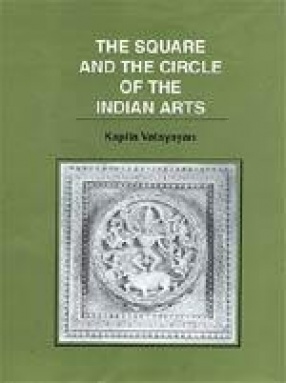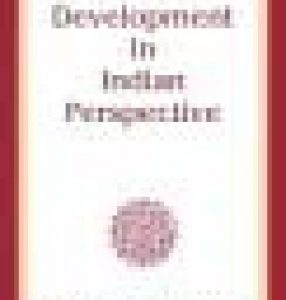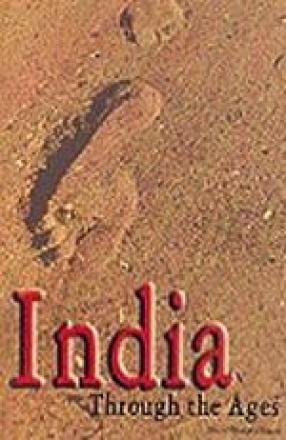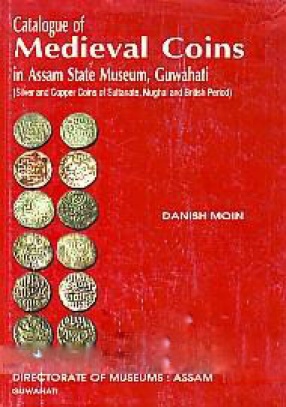The book begins by re-examining the imagery of the Vedas and the Upanisads, highlighting some aspects of early speculative thought which influenced the enunciation of aesthetic theories, particularly of Bharata in the Natyasastra. The next chapter introduces a new methodology of analysing the rituals (yajna) as laid down in the Yajurveda and the Satapatha Brahmana, the best way to focus the relationship between the text and the practice. Four chapters follow–one each on drama (natya), architecture (vastu), sculpture (silpa), and music (sangita). Each presents some fundamental concepts of speculative thought, concerned with each of the arts and purposefully correlates these with actual examples both of the past and the present. The afterword to this second edition remains an event not only because the book benefits from the works published since the first edition, but also because it presents the author’s integral vision and her unique adventure into the boundaries of several disciplines. It demonstrates the efficacy of her earlier approach of investigating the imagery and the metaphors as basic to the discourse of the Indian tradition. She proposes a multi-layered cluster of concepts and metaphors which enable one to uncode the complex multi-dimensional character of the Indian Arts. Also significantly she suggests a deeper comprehension of the relevance of the developments in the field of traditional mathematics and biology for the study of the language of form of the Indian Arts.
ABOUT THE AUTHOR Kapila Vatsyayan
Kapila Vatsyayan artist and art historian is internationally acknowledged as the pioneer of evolving alternate models of research for establishing inter and intra-relationship of different domains of knowledge and creativity. Her own work moves from a deep understanding of the primary textual sources of the East and West, principally Sanskrit and English, and a direct experience of the arts as performer. It focuses attention on the inter relationship of the concept and creative interpretation in architecture, sculpture, painting, music, and dance. The kinetic image enables her to delve deeper into the textual and oral sources and the fundamental metaphysics which govern form and structure of the arts. She has convincingly drawn attention to the sacred geometry which pervades all the Indian arts. As visualiser of the conceptual plan of the Indira Gandhi National Centre for the Arts, she leaps across many disciplines, questions the conventional boundaries and finally establishes several bridges of communication between traditional thought and modern science. This has resulted in many multi-disciplinary studies of space and time, nature and culture, man and society, chaos and order. Her holistic integral vision is explicit in the volumes she has edited on these subjects. Her first work, Classical Indian Dance in Literature and the Arts, is a milestone by experts the world over. This work was followed by many others including the definitive study of Dance in Indian Painting, The Theoretical Basis of Asian Aesthetic Traditions; Traditional Indian Theatre: Multiple Streams; six volumes on Gita Govinda; Bharata and the Natyasastra; and the Square and the Circle of the Indian Arts. She has edited the volumes on Concepts of Space: Ancient and Modern and Concepts of Time: Ancient and Modern published by the Indira Gandhi National Centre for the Arts, New Delhi.








There are no reviews yet.